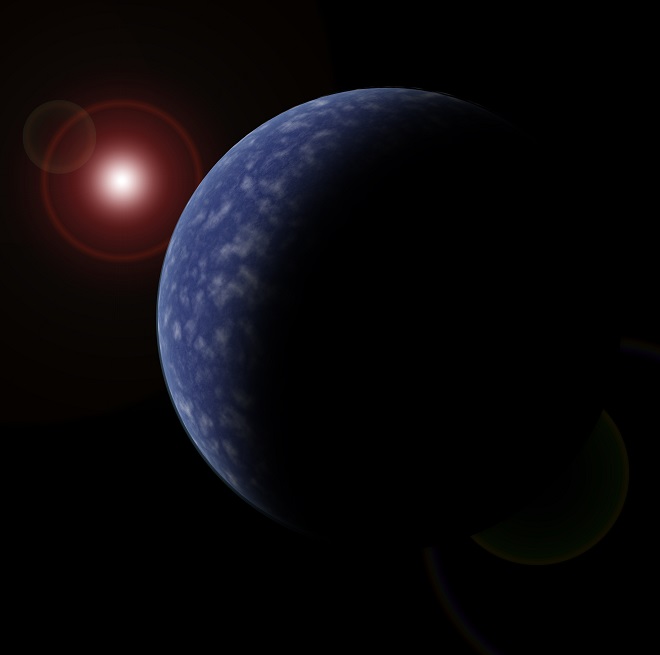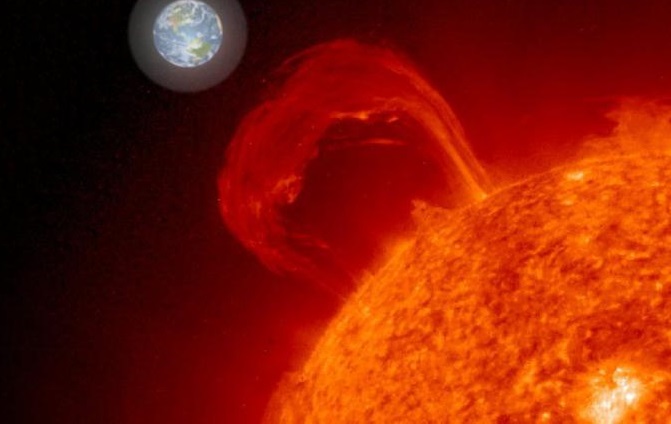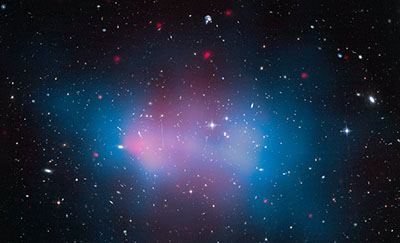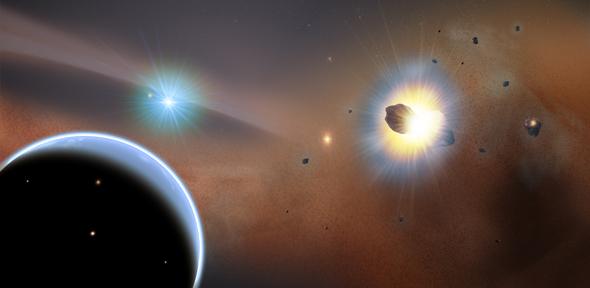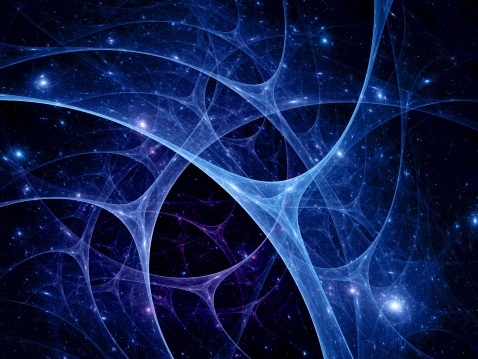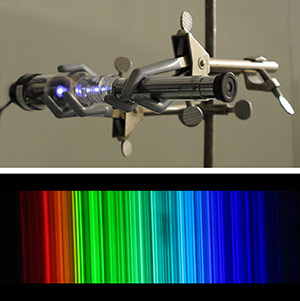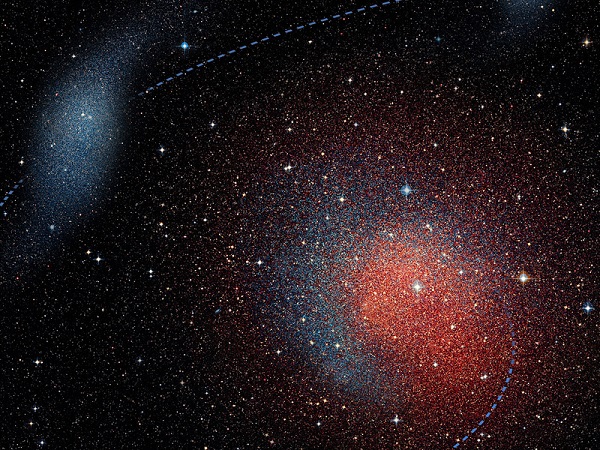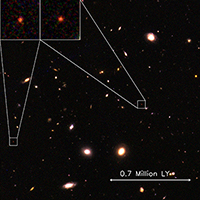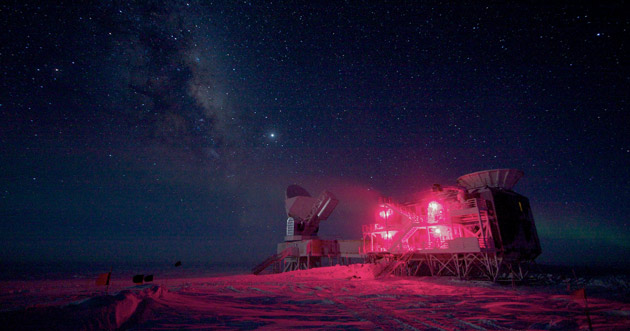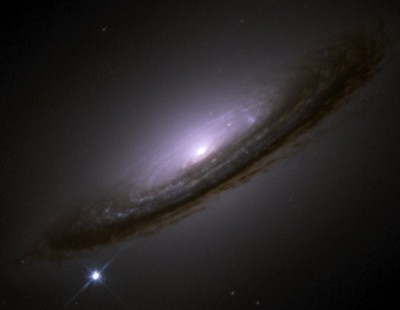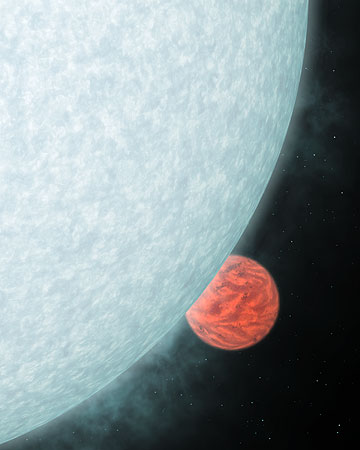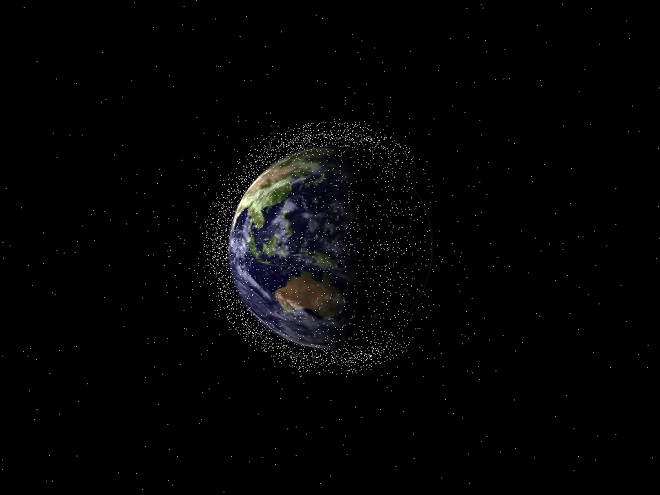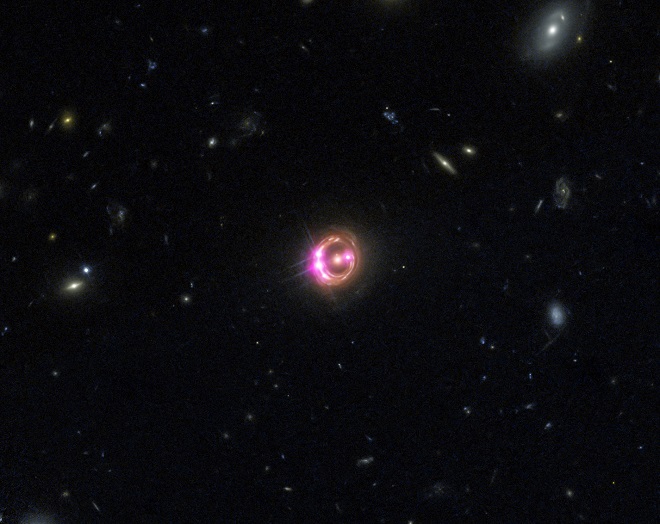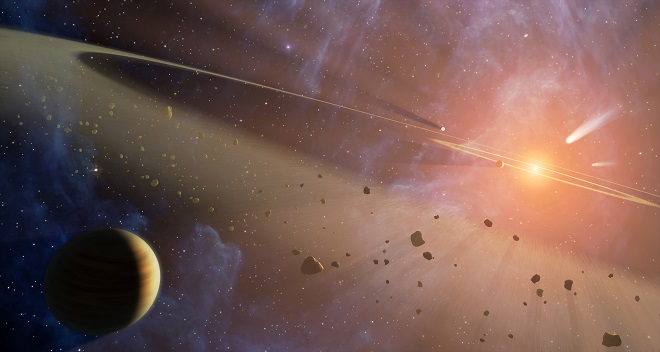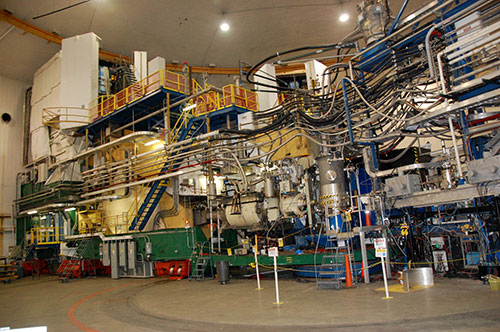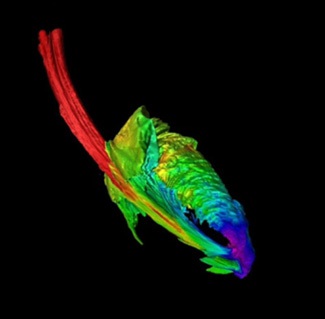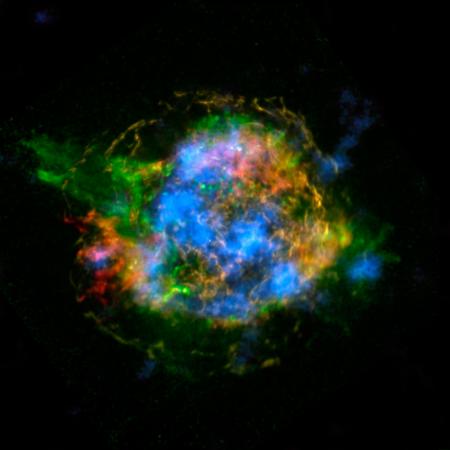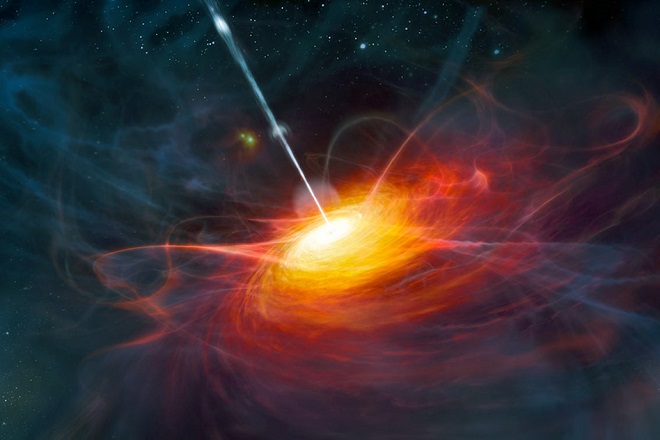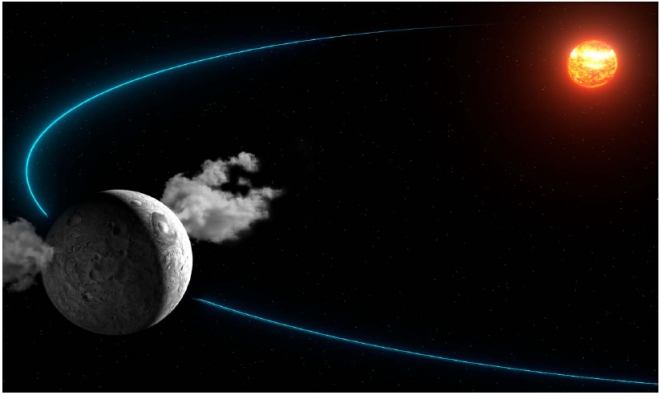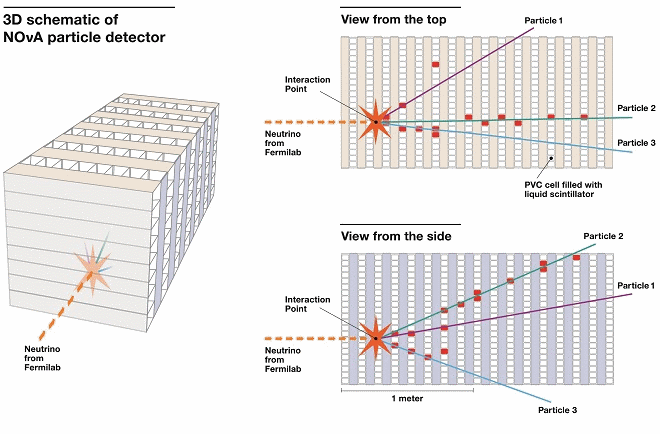
Every red dwarf star has at least one planet
Three new planets classified as habitable-zone super-Earths are amongst eight new planets discovered orbiting nearby red…
Read >>A river of plasma, guarding against the sun
MIT scientists identify a plasma plume that naturally protects the Earth against solar storms.
MIT scientists identify a plasma plume that naturally protects the Earth against solar storms
Read >>Hubble Finds That Monster 'El Gordo' Galaxy Cluster Is Bigger Than Thought
By precisely measuring how much the gravity from the cluster's mass warps images of far-more-distant background galaxies…
Read >>Galactic gas caused by colliding comets suggests mystery ‘shepherd’ exoplanet
Latest research has uncovered a massive clump of carbon monoxide in a young solar system. The gas is the result of near…
Read >>Powerful supercomputer to offer a glimpse of the early universe
One of the world’s most powerful supercomputers is to enable astrophysicists at The University of Nottingham to build a…
Read >>NIST Gives Astronomers a Better Ruler in the Search for Extrasolar Planets
Researchers at the National Institute of Standards and Technology have rejuvenated a technique for finding planets near…
Read >>Where dwarves collide
Studying Andromeda II, astronomers observe where little galaxies come from
Galaxies grow by attracting and ingesting smaller galaxies, or by merging with other galaxies of comparable size. Now, a…
Read >>Galaxies in the early Universe mature beyond their years
An international team of researchers, including astronomers from Swinburne University of Technology, has discovered the…
Read >>First direct evidence of cosmic inflation supports origin theory of the universe
The detection of gravitational waves by the BICEP2 experiment at the South Pole supports the cosmic inflation theory of…
Read >>The enigmatic Type IA Supernovae
Astrophysics fans will be treated to a public forum on Type Ia supernovae this month when eminent astrophysicist Dr Chri…
Read >>‘Dimer molecules’ aid study of exoplanet pressure, hunt for life
Astronomers at the University of Washington have developed a new method of gauging the atmospheric pressure of exoplanet…
Read >>Lasers to clean up space junk
The new CRC will help scientists find and track tiny pieces of debris orbiting the Earth, which pose serious risk of col…
Read >>Distant black hole is spinning at half the speed of light
Astronomers at the University of Michigan have for the first time directly measured the spin of a distant supermassive b…
Read >>A Small Step Toward Discovering Habitable Earths
University of Arizona researchers snapped images of a planet outside our solar system with an Earth-based telescope usin…
Read >>Physicist’s Work with Quarks May Resolve Unanswered Questions about Universe
The discovery may provide fresh insights into the Standard Model of particle physics and resolve unanswered questions ab…
Read >>When a black hole shreds a star, a bright flare tells the story
New study shows what happens during the destruction of a star as it falls into a black hole, contradicting a 2012 report of the disruption of an exotic helium star
New study shows what happens during the destruction of a star as it falls into a black hole, contradicting a 2012 report…
Read >>NuSTAR Reveals Radioactive Matter in Supernova Remnant
New details suggest how massive stars explode
Using its X-ray vision to observe what is left of a massive star that exploded long ago, NASA's Nuclear Spectroscopic Te…
Read >>Closing the ‘free will’ loophole
MIT researchers propose using distant quasars to test Bell’s theorem.
Such a quantum view would allow for seemingly counterintuitive phenomena such as entanglement, in which the measurement…
Read >>Water vapor discovered for the first time around an asteroid
An international team, including researchers from CNRS and the Paris Observatory at LESIA and at IMCEE, has discovered i…
Read >>NOvA experiment sees first long-distance neutrinos
The detector in Ash River, Minn., is operated by the University of Minnesota
The NUMI Off-Axis electron neutrino Appearance, or NOvA, experiment consists of two huge particle detectors placed 500 m…
Read >>
There are 385 articles in Astronomy & Space
Astronomy & Space Archive
